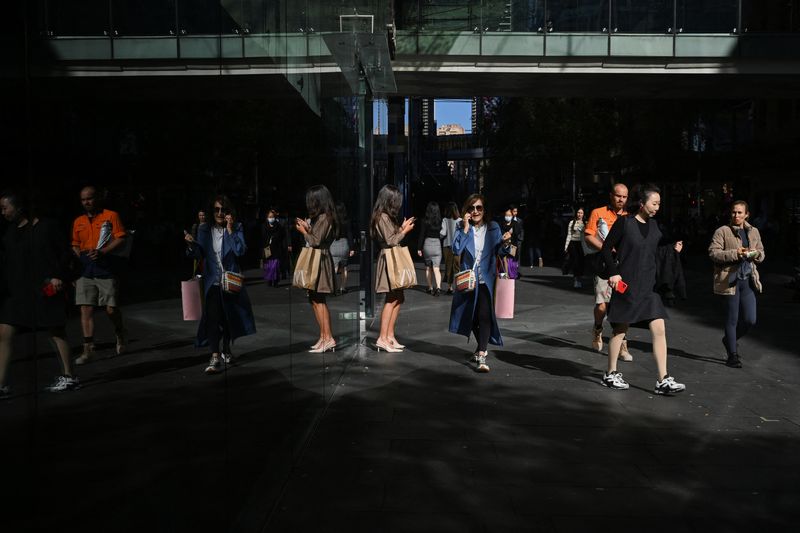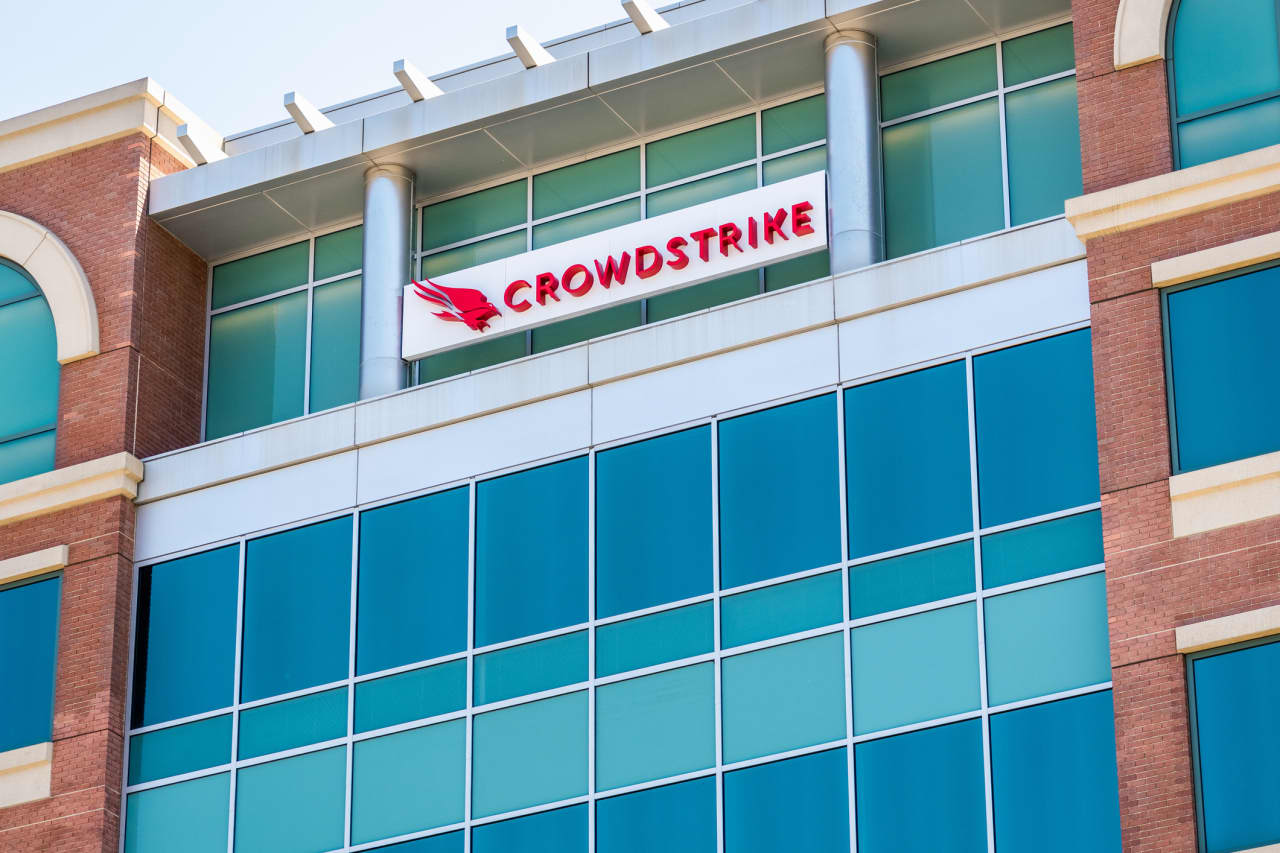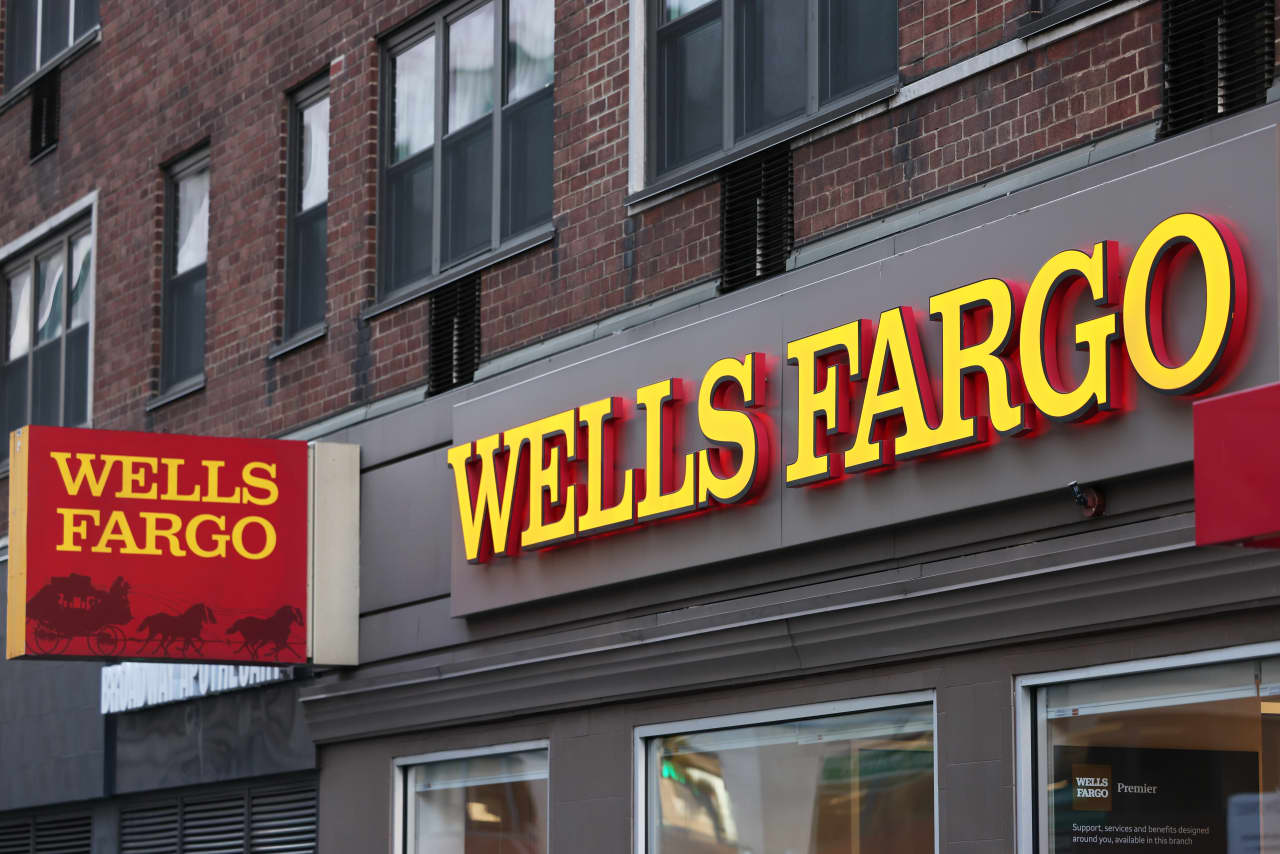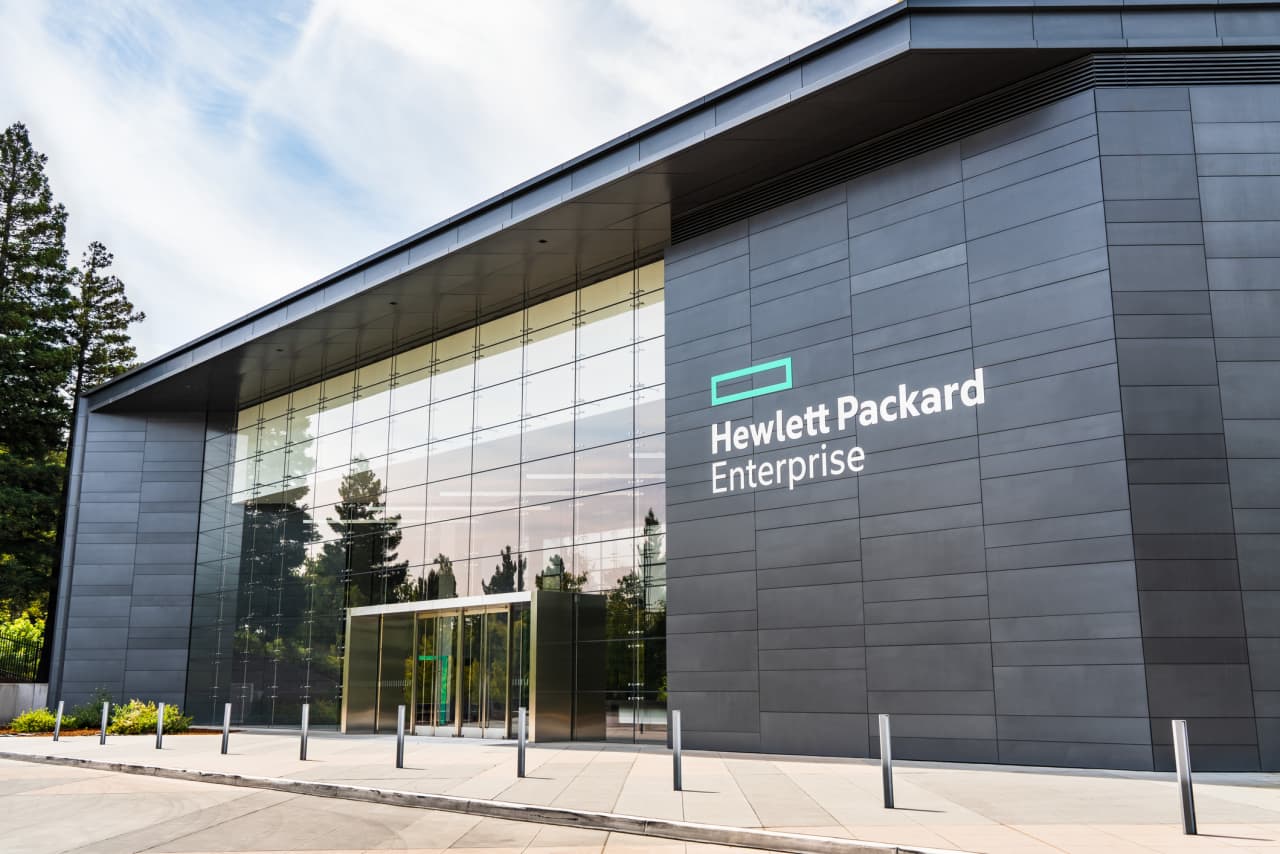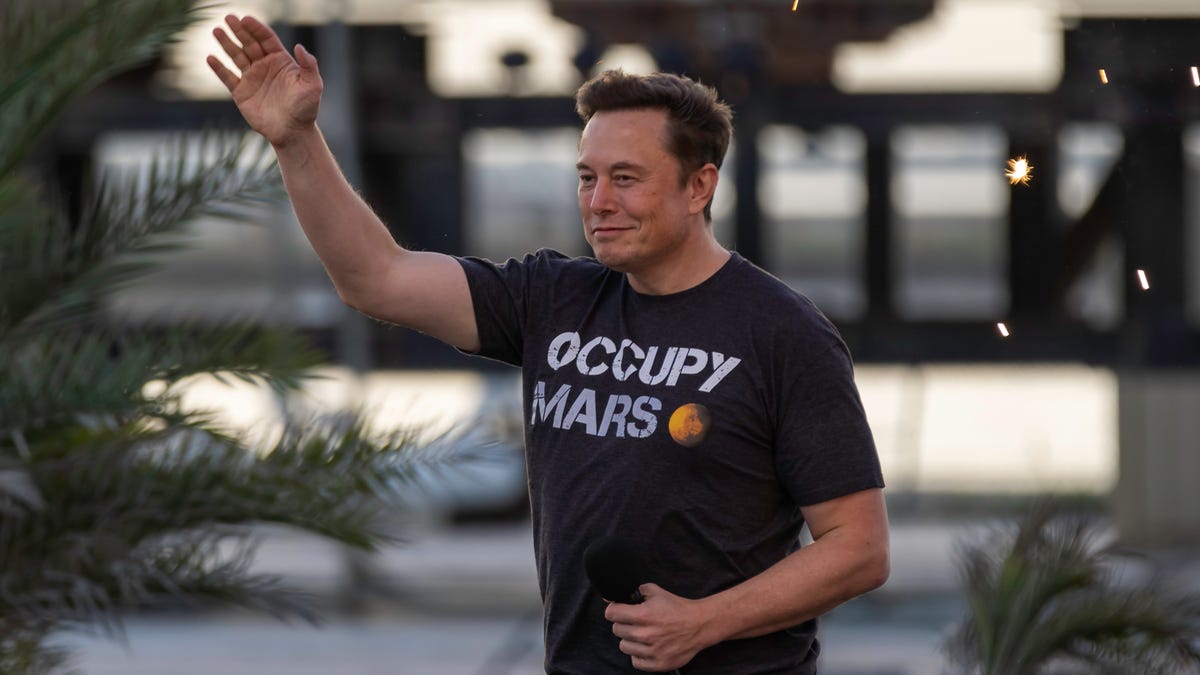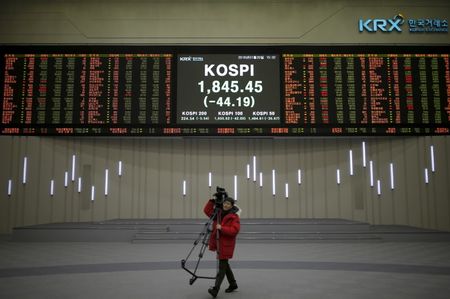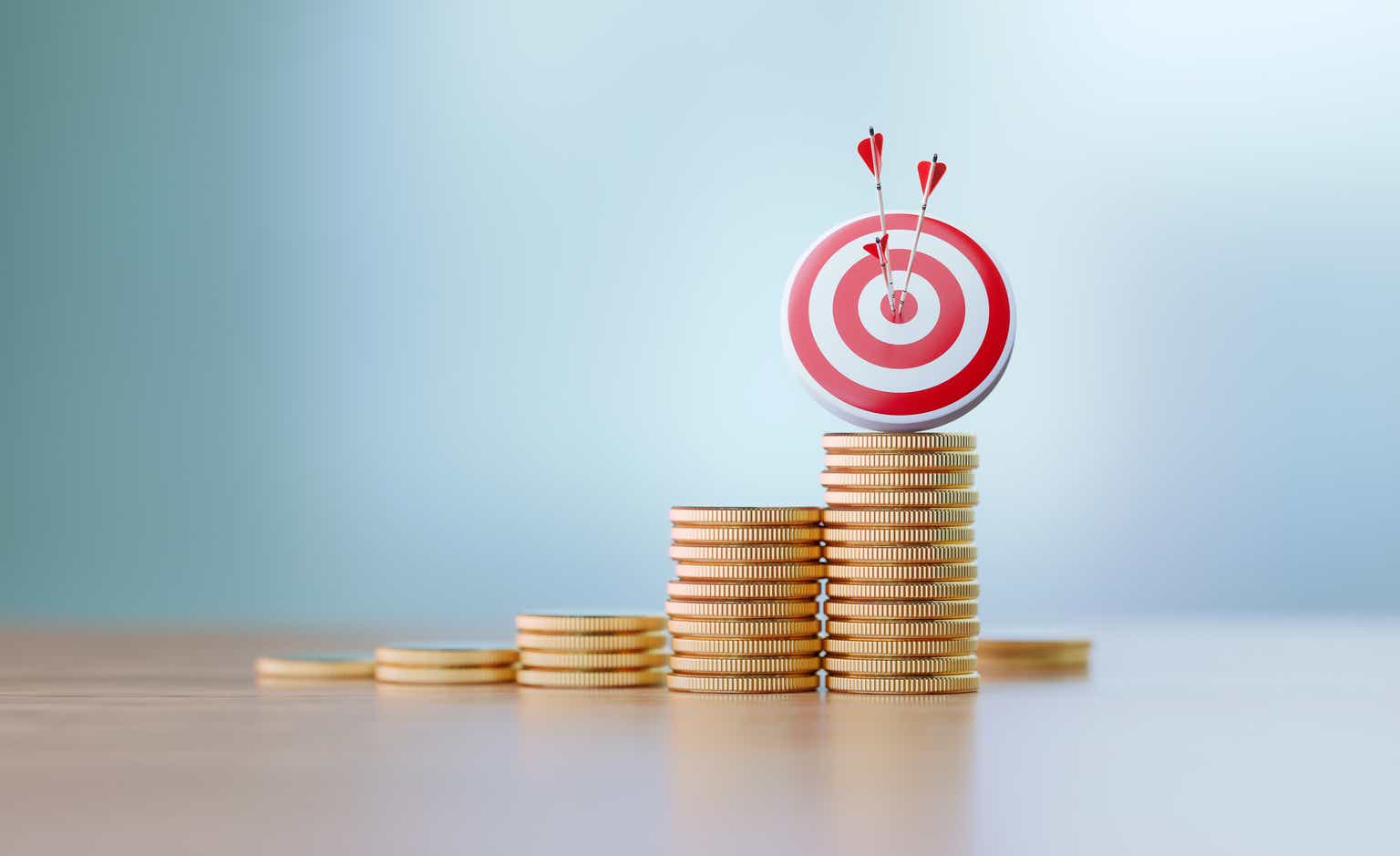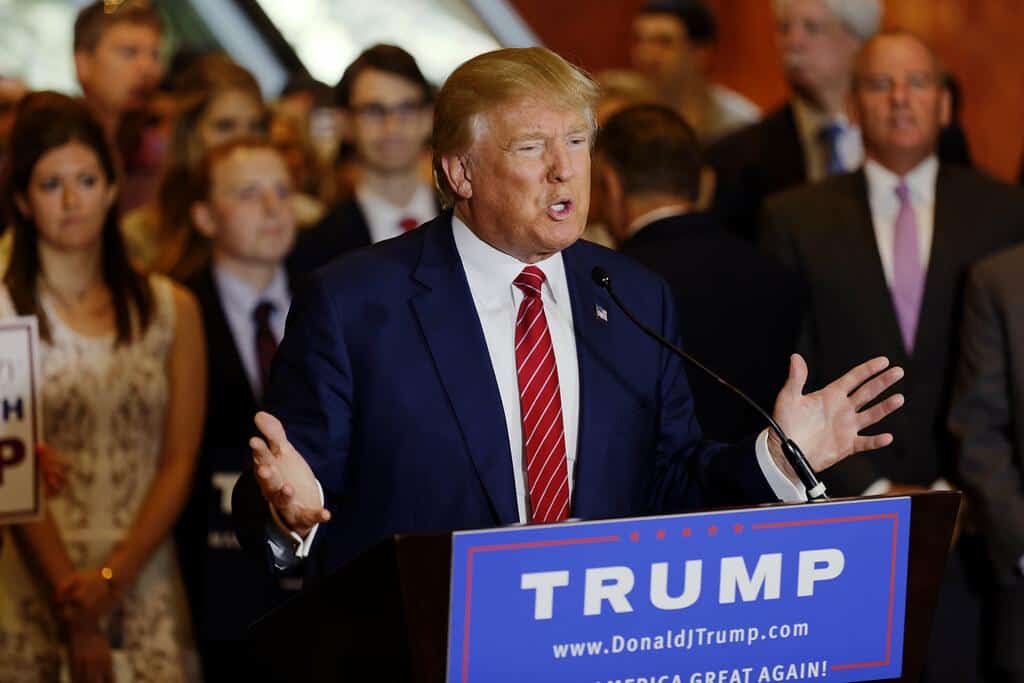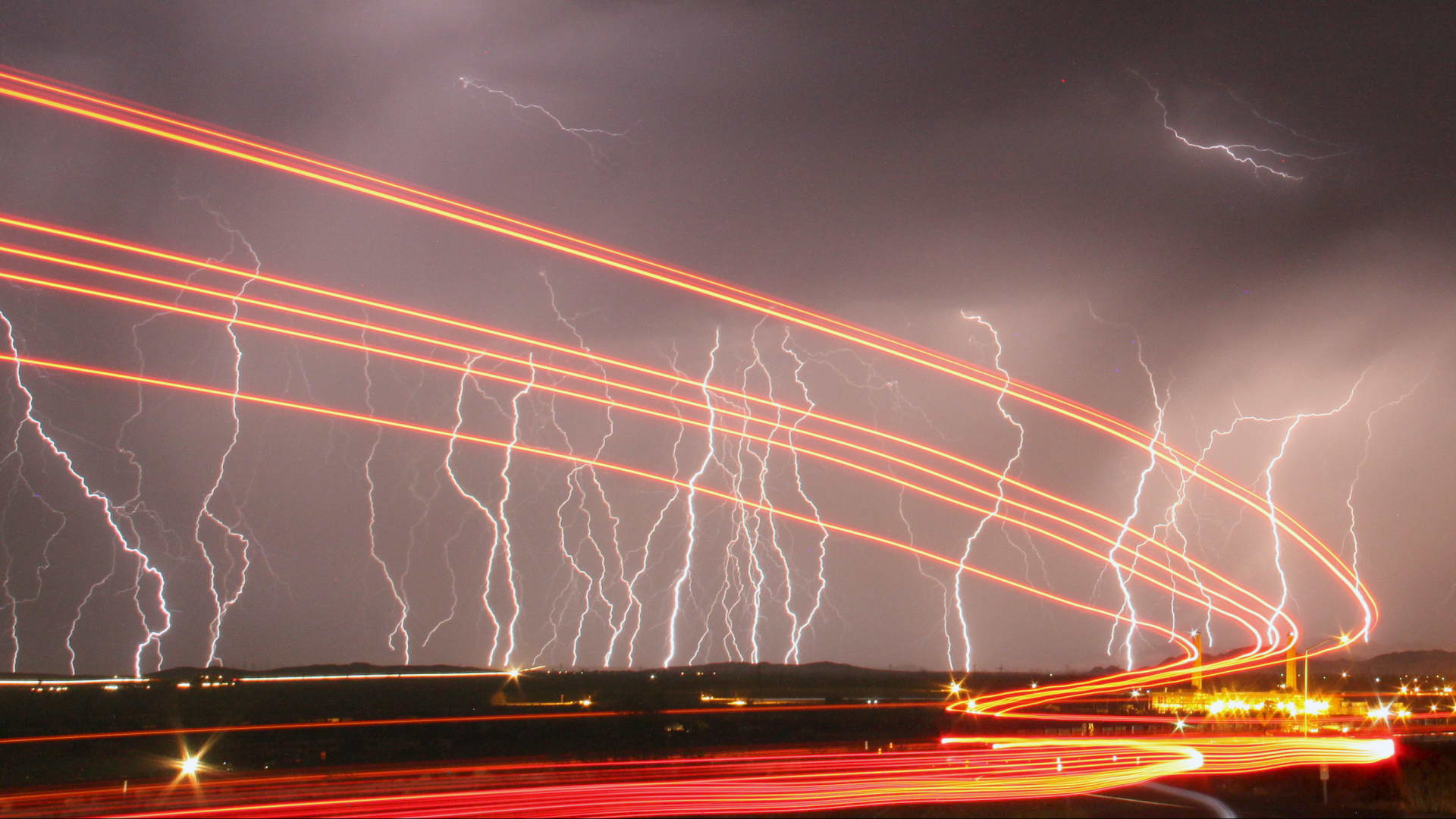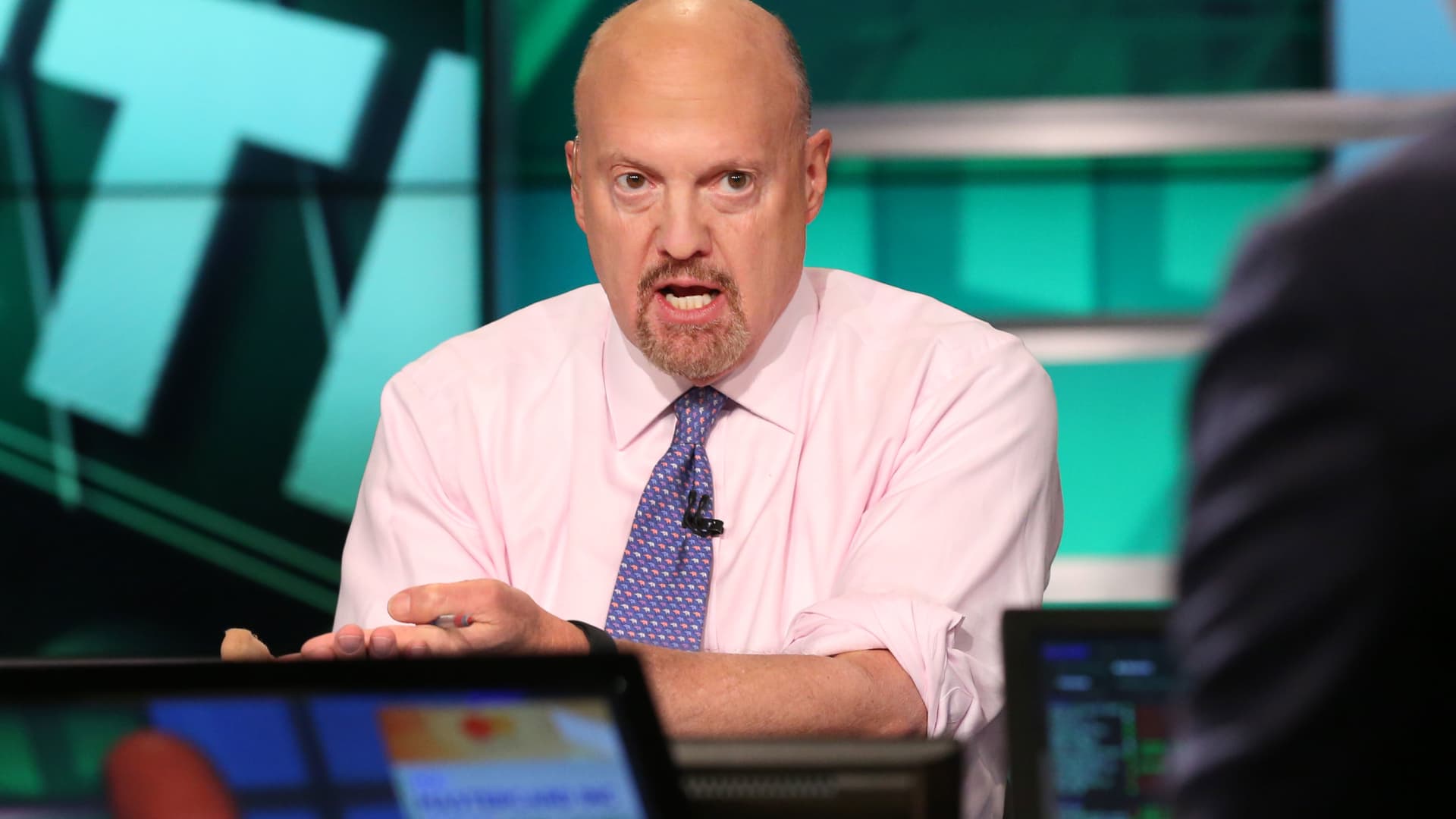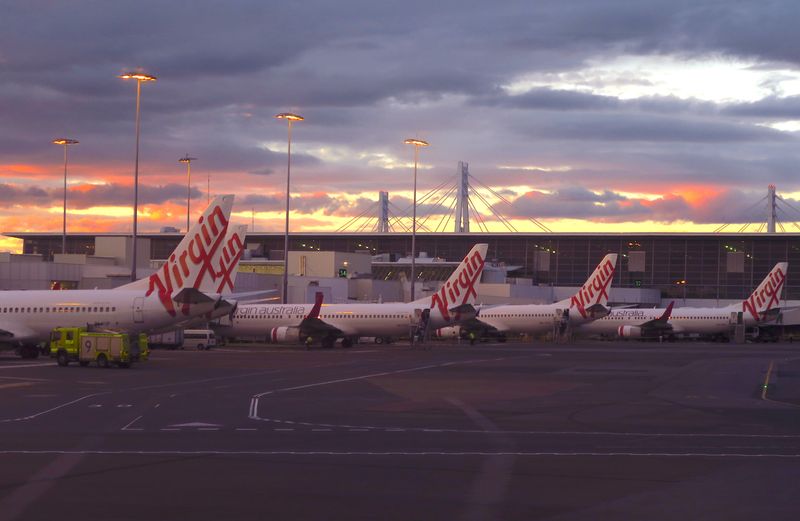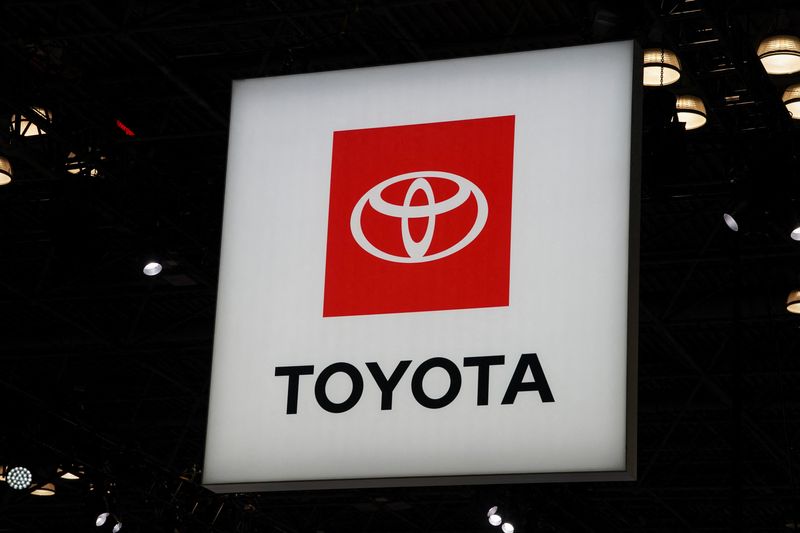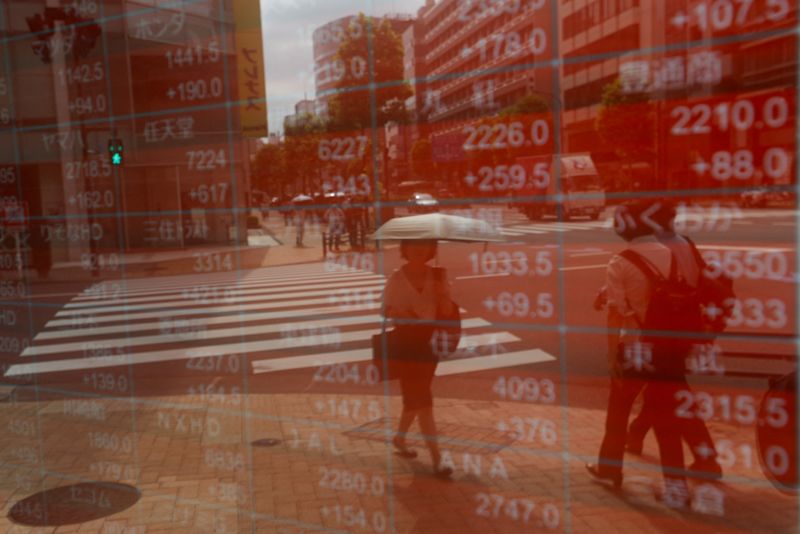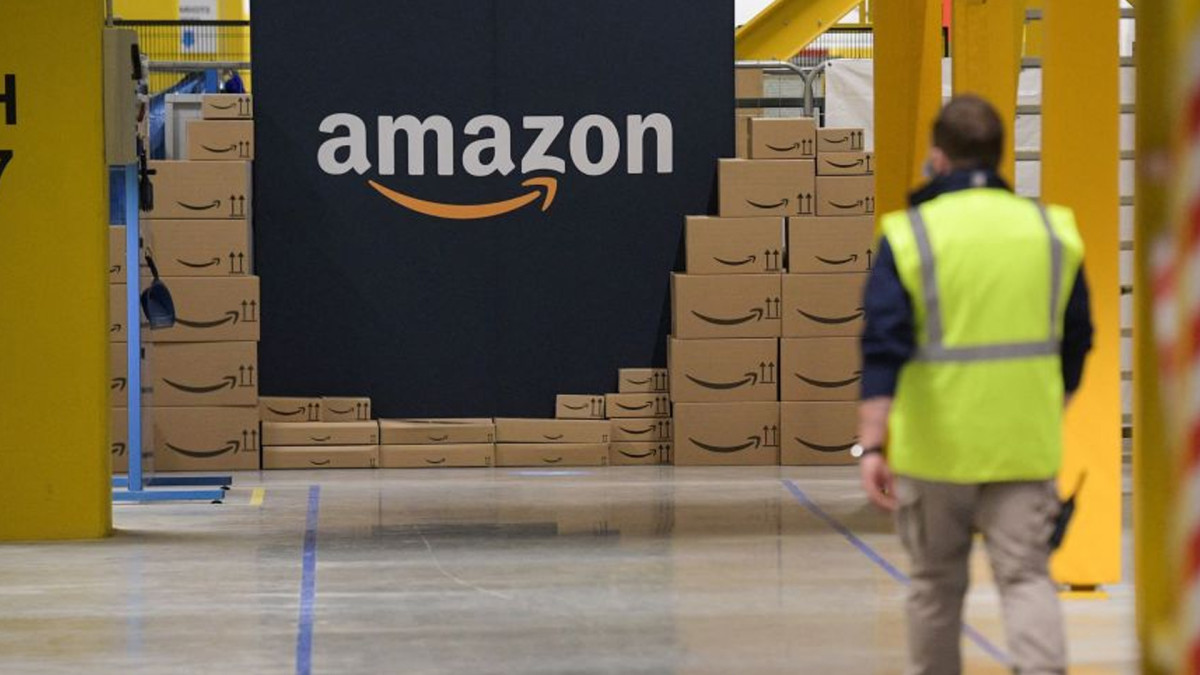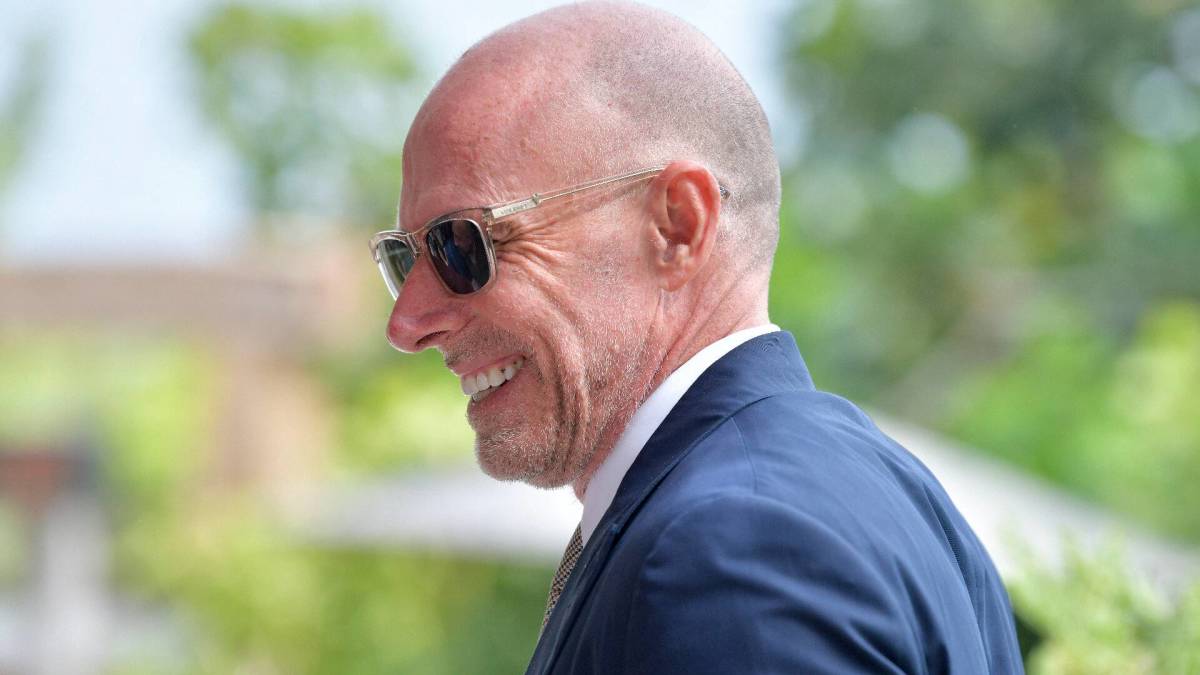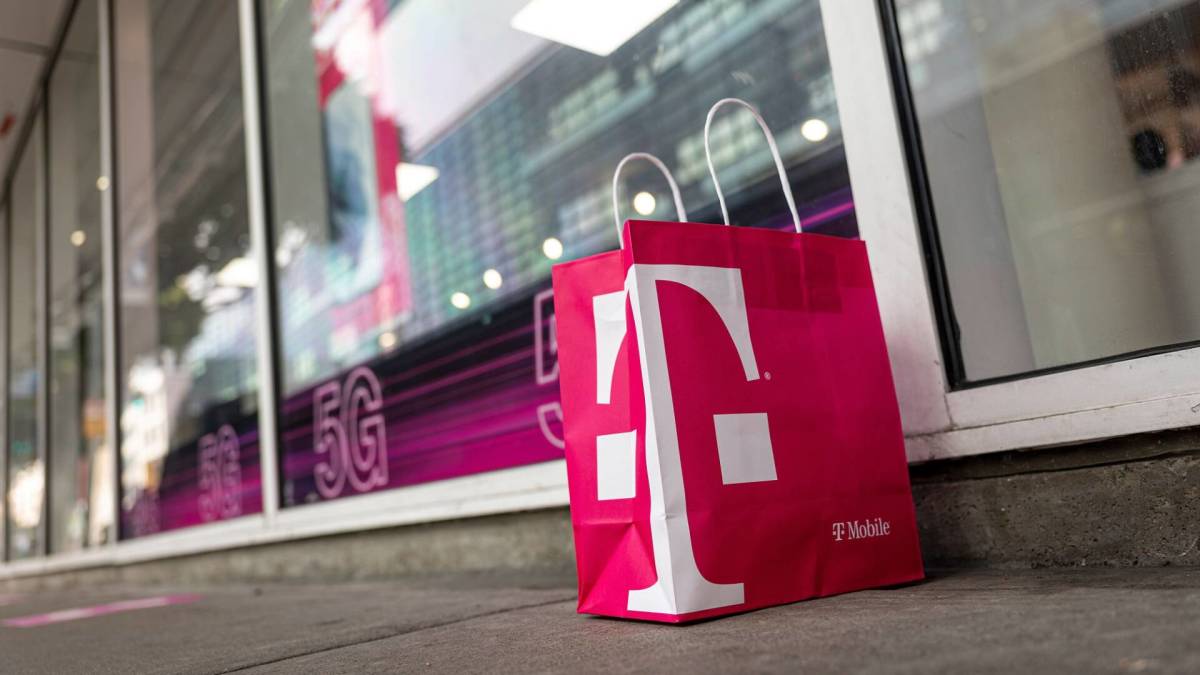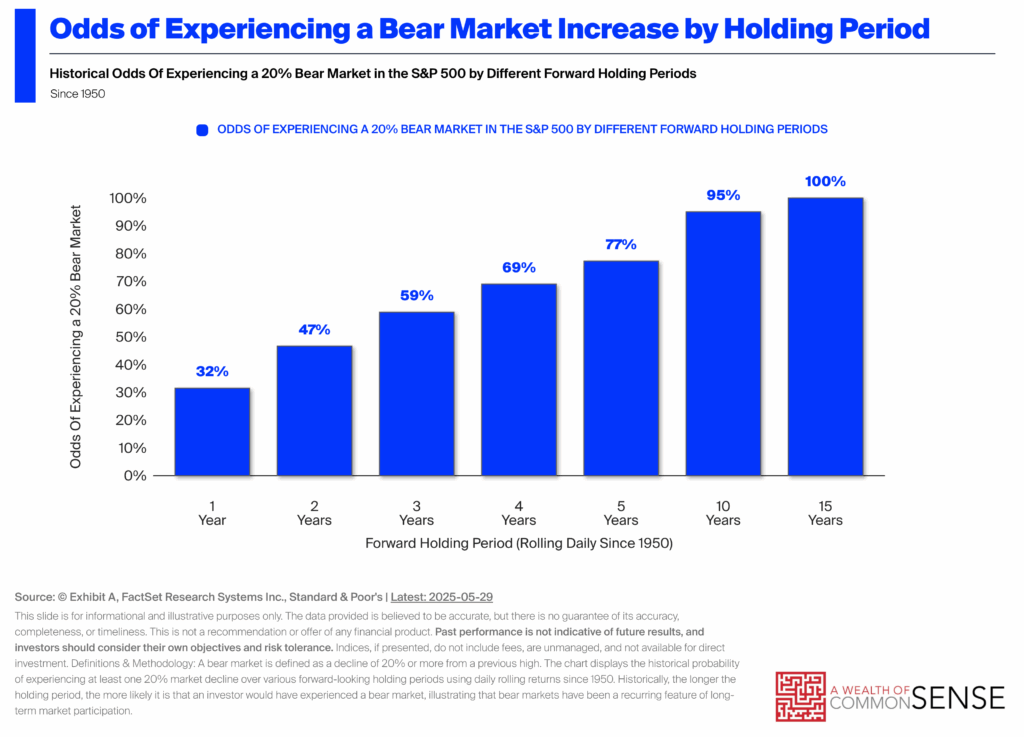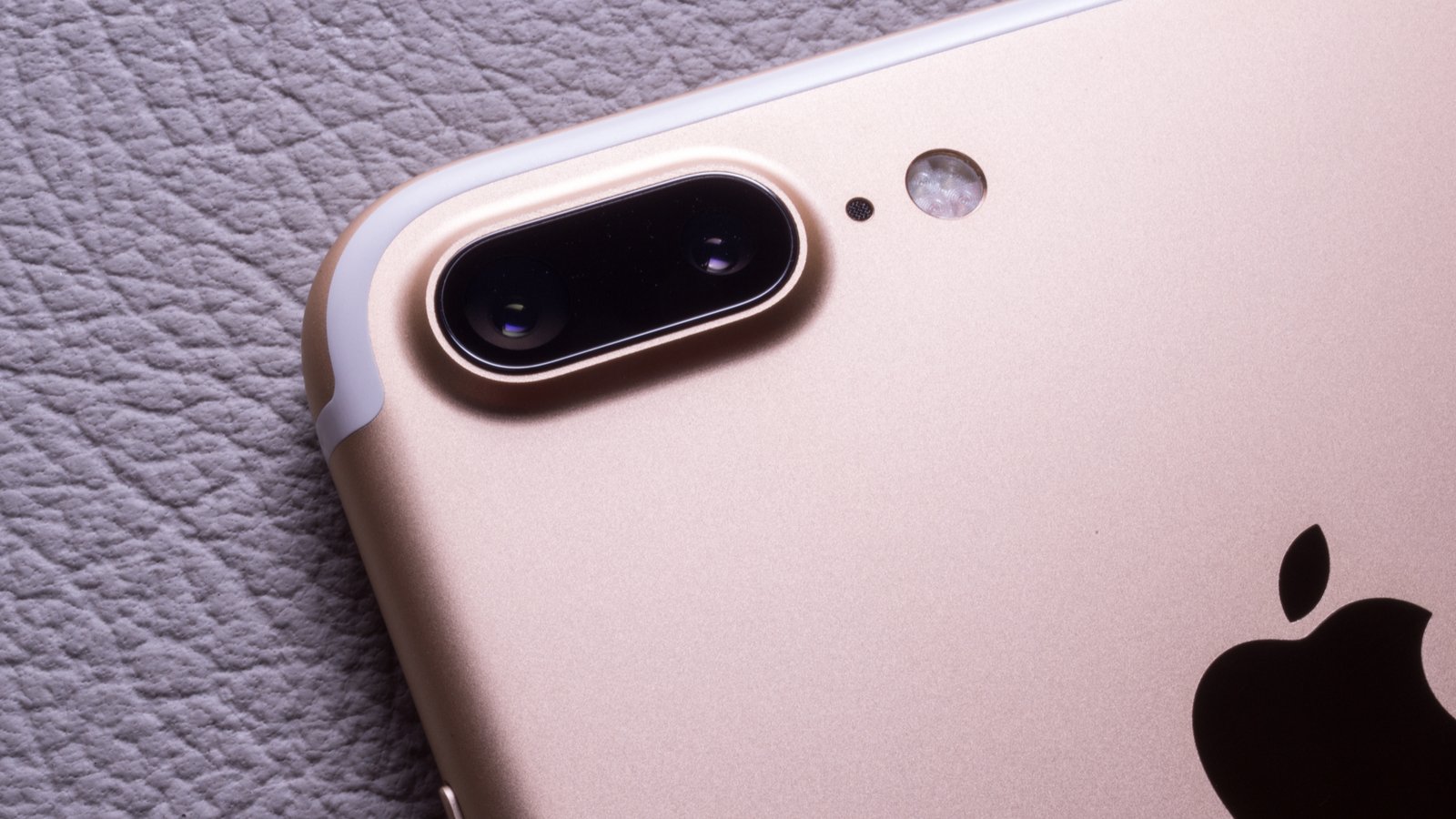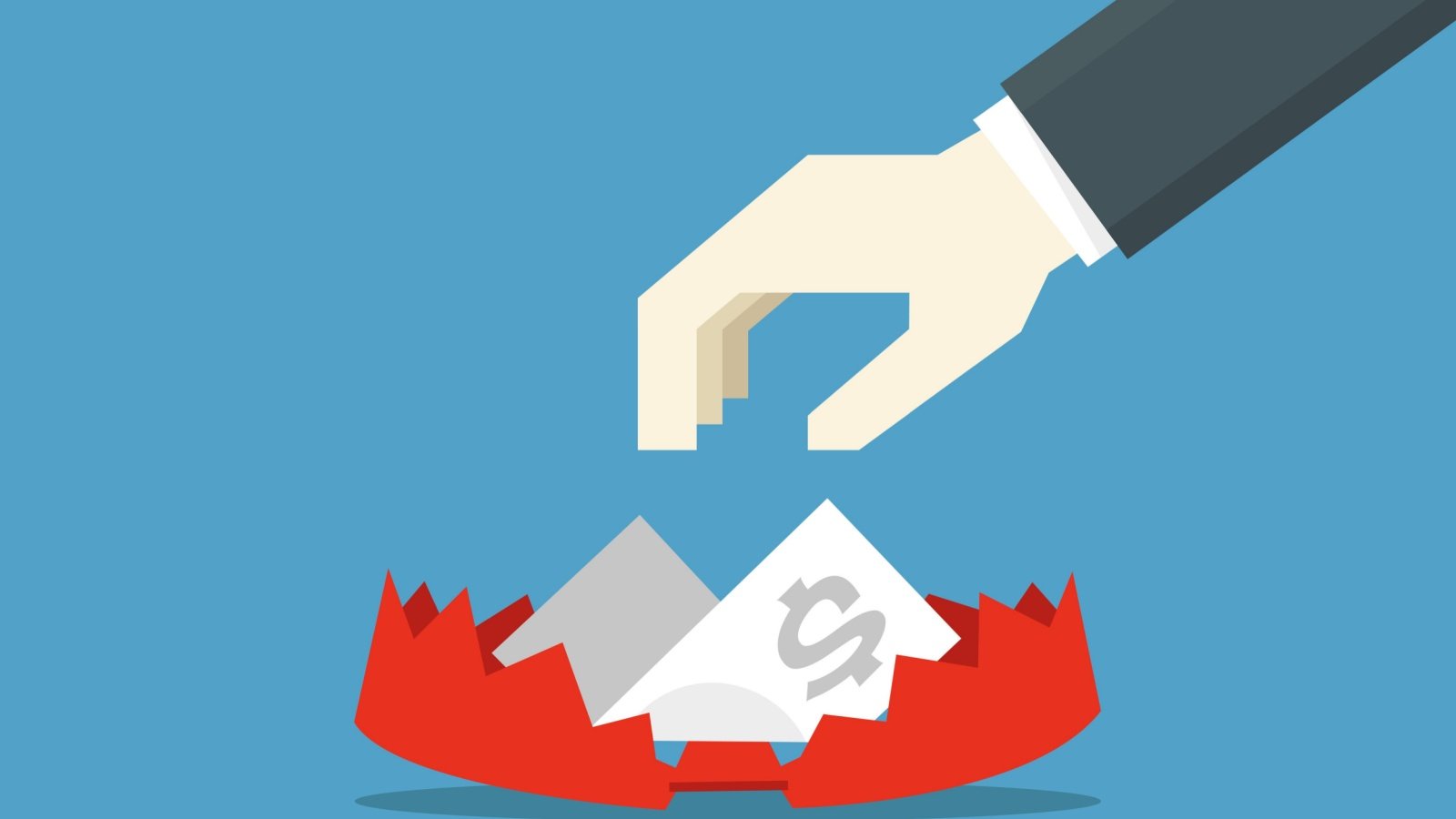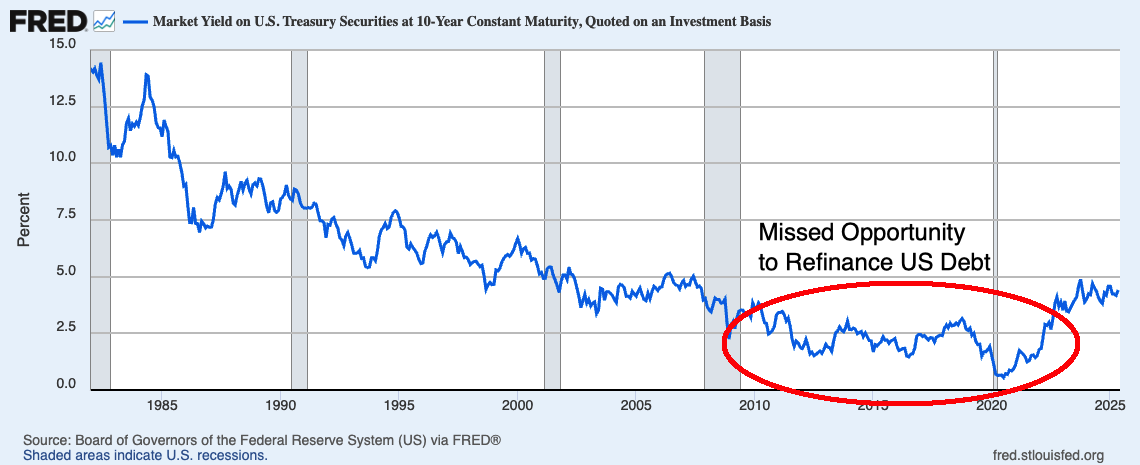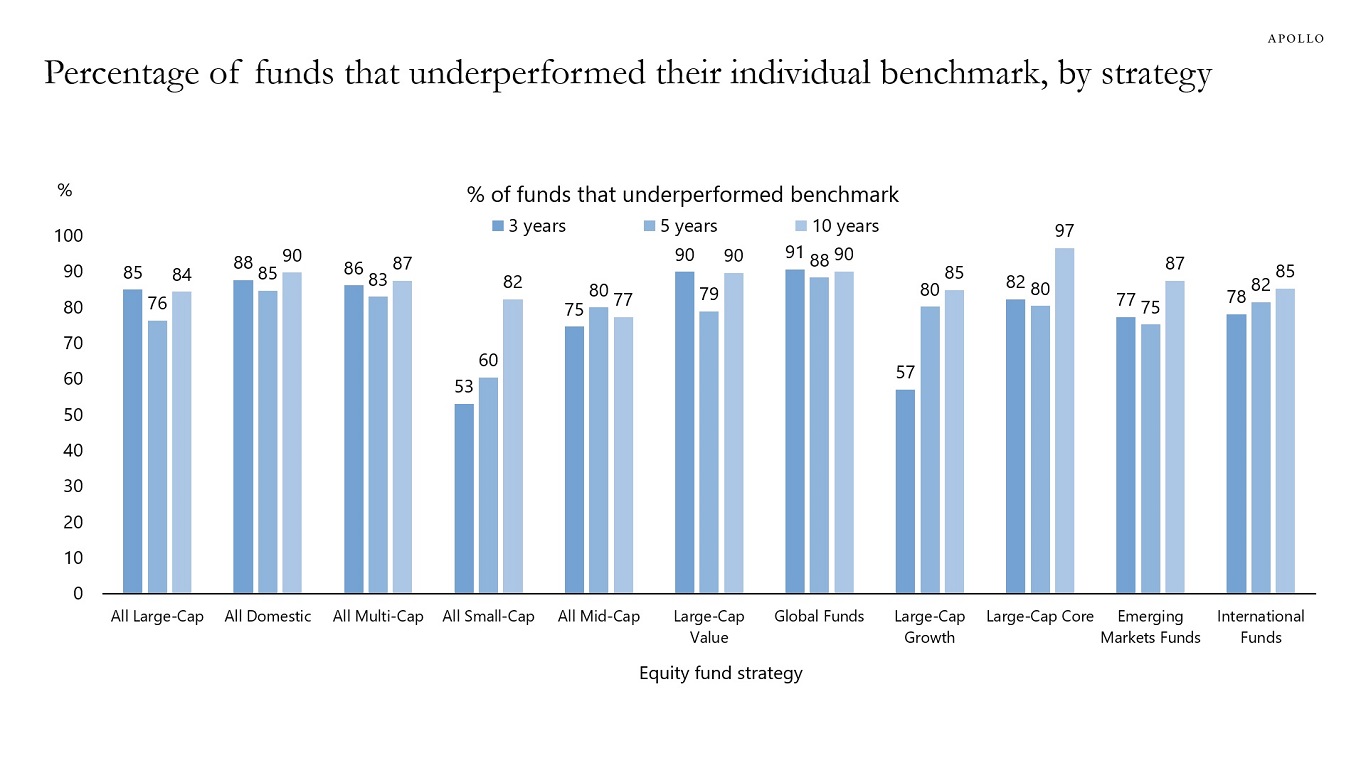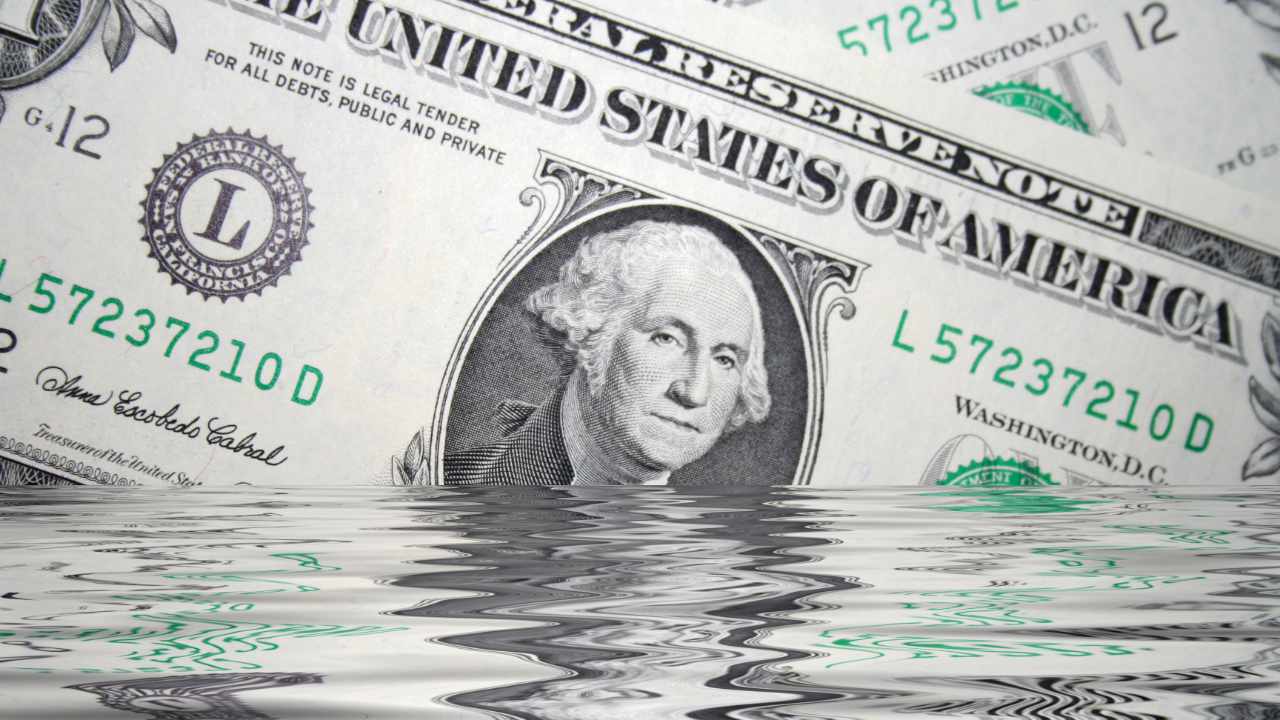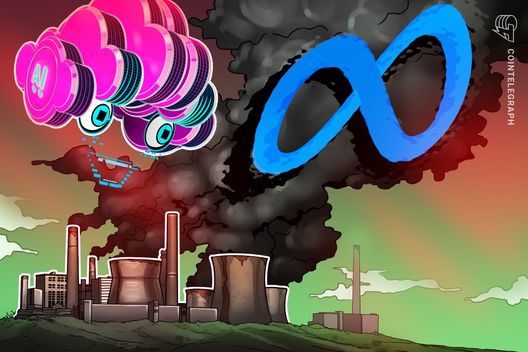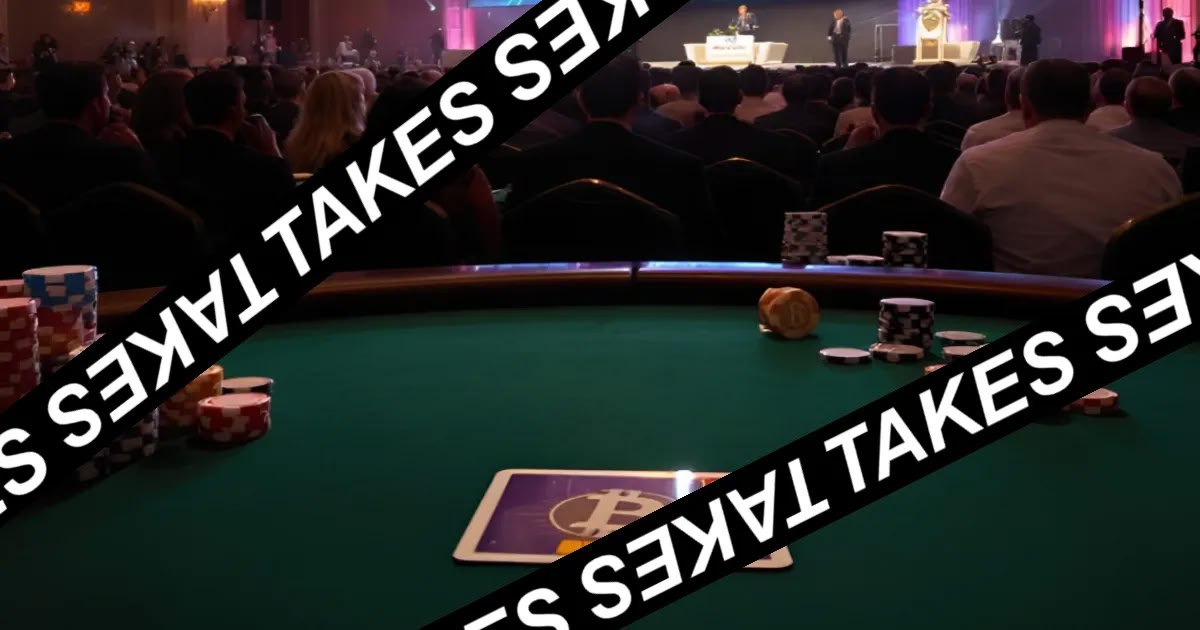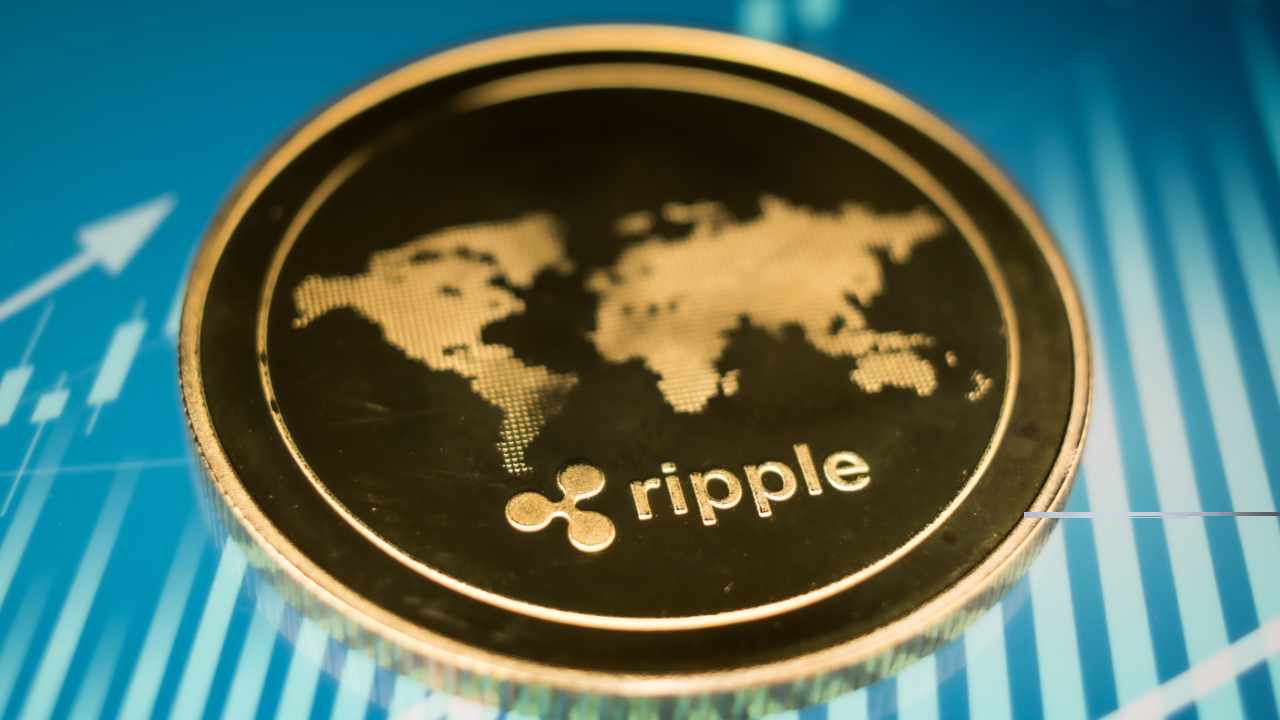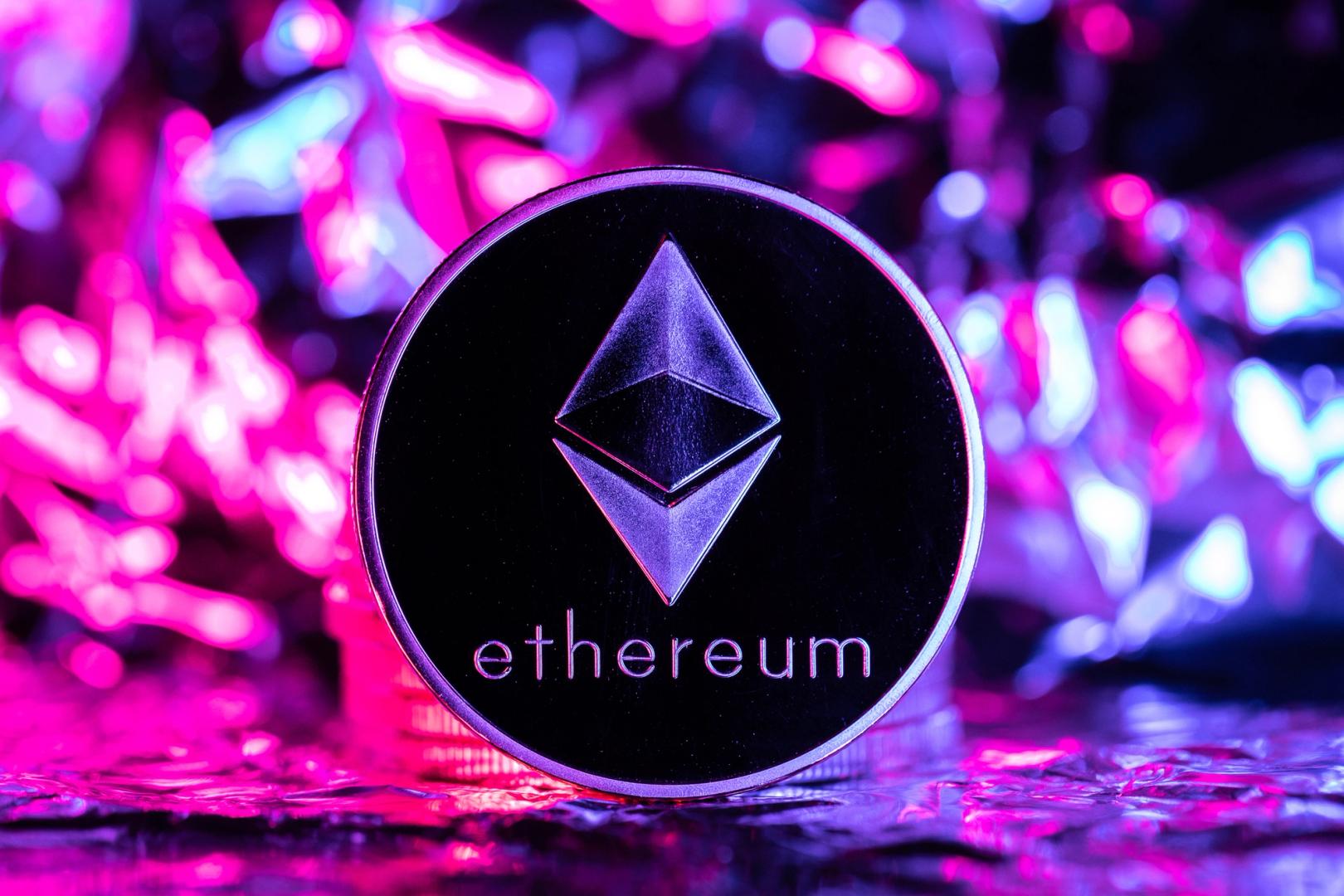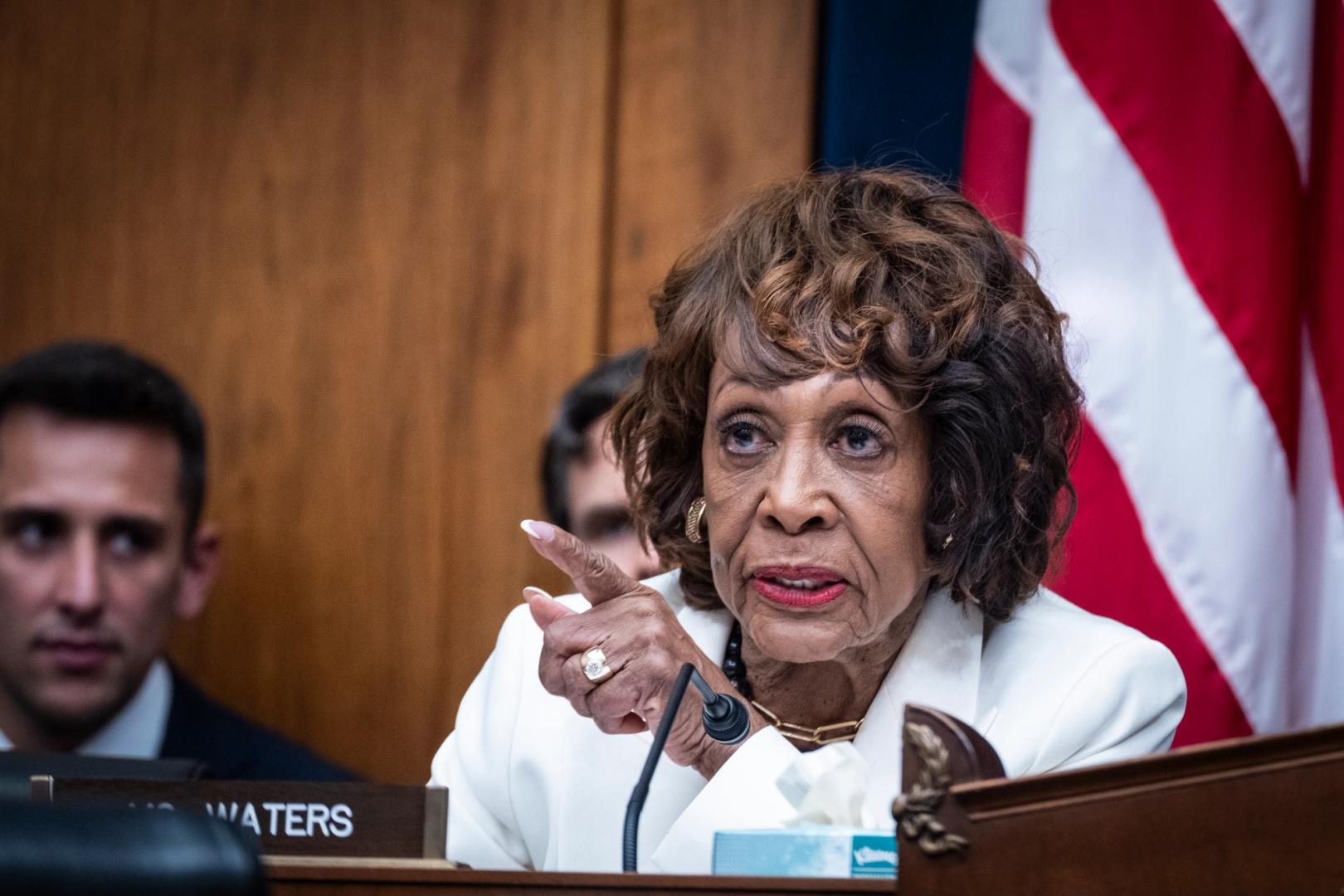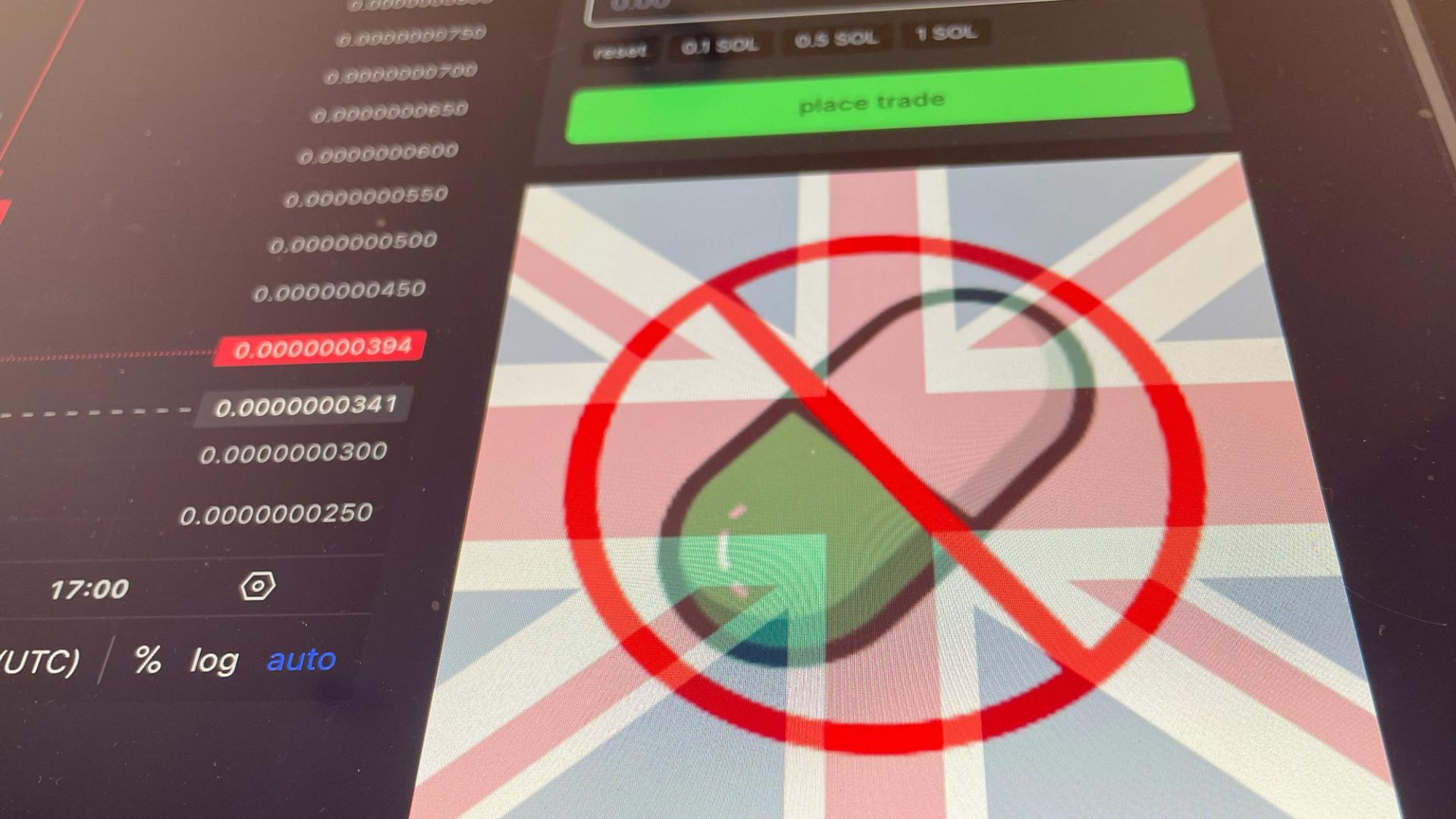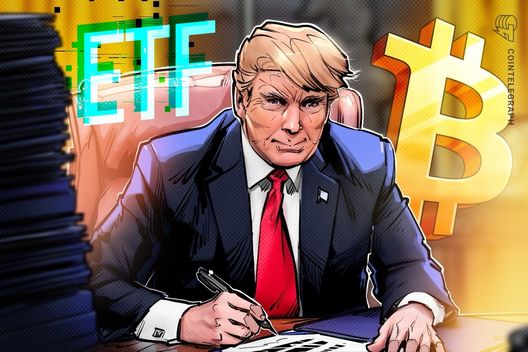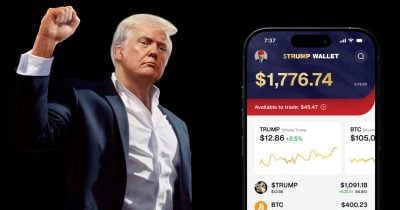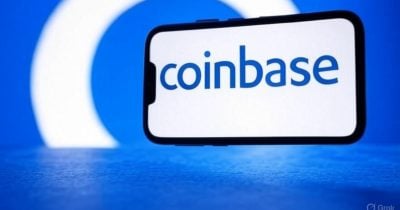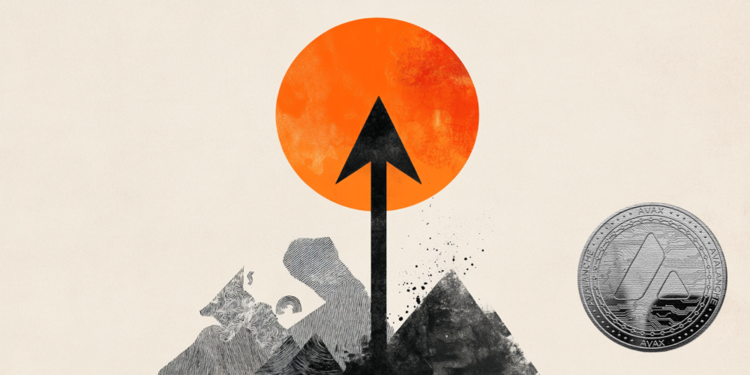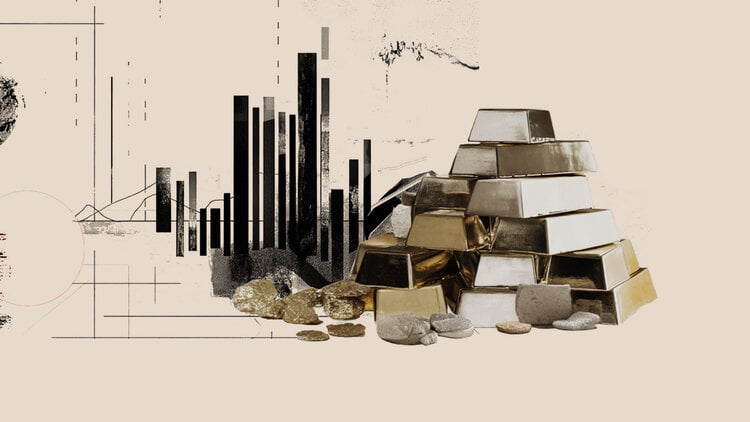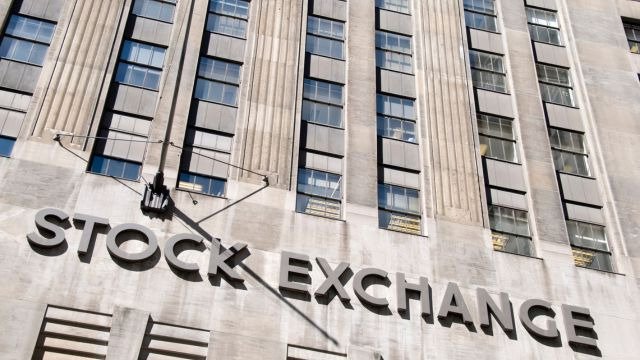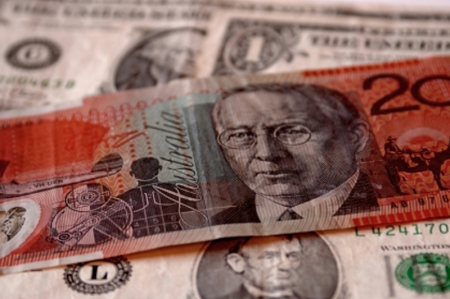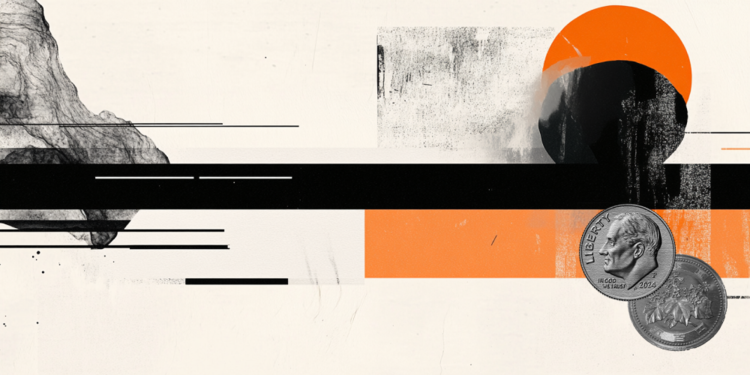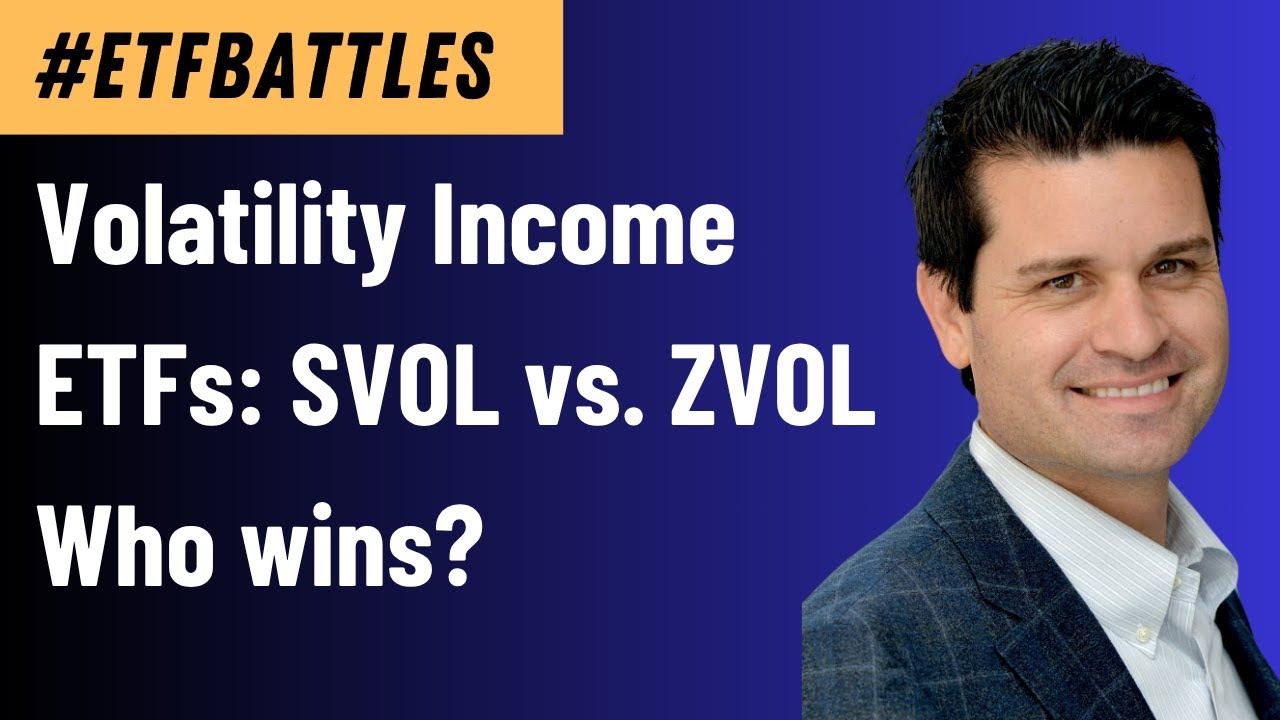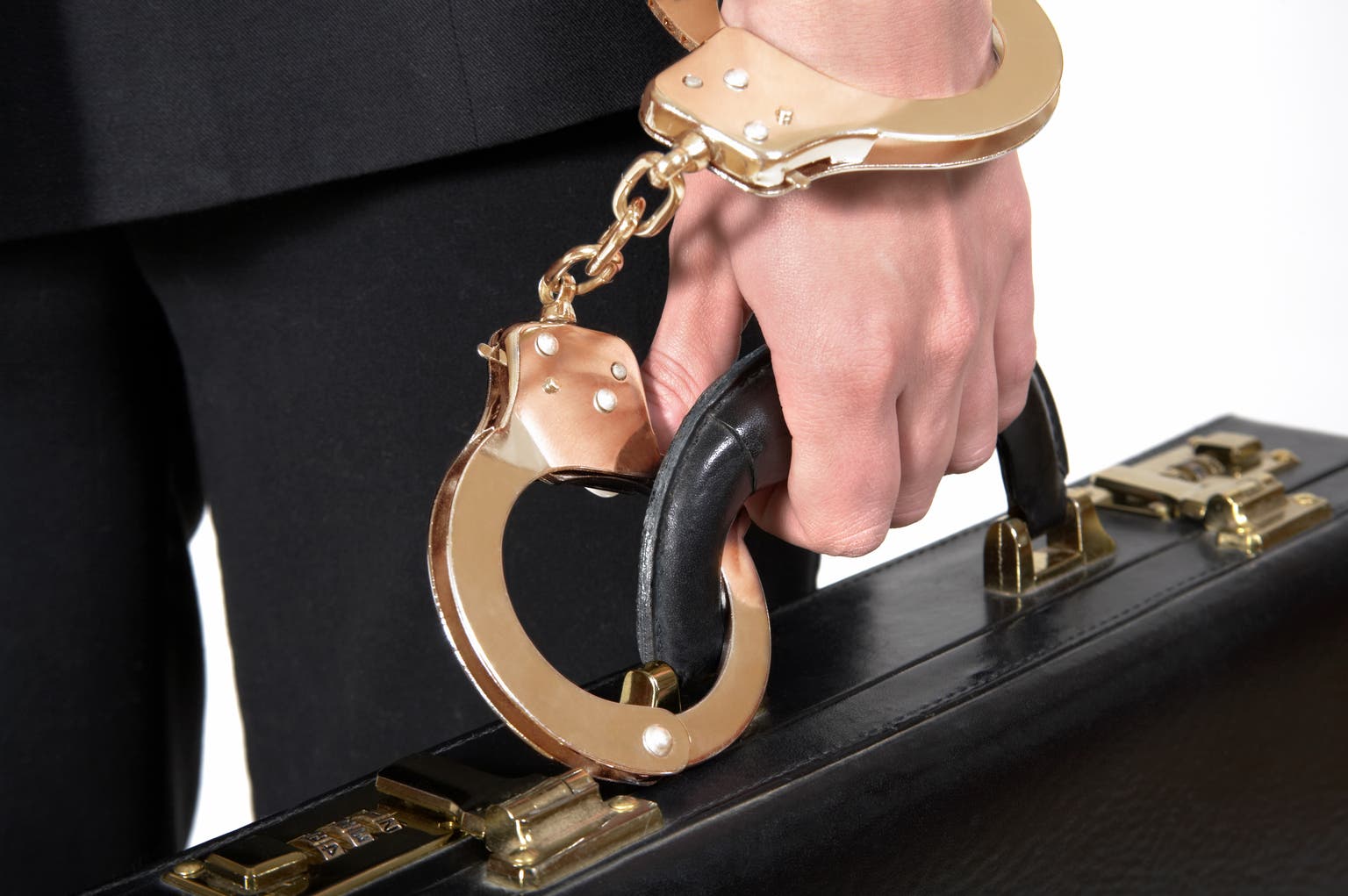Dior’s revival rests on its historic appointment of Jonathan Anderson as creative director
"Having new artistic direction can be a challenge," Dior chair Delphine Arnault said, adding that Anderson was "totally energized by the idea.”

Christian Dior, one of the main businesses within French conglomerate LVMH, will have a new creative chief overseeing the entire brand—Jonathan Anderson.
Originally from Northern Ireland, Anderson was previously the long-time designer at another LVMH-owned brand, Loewe, credited with turning it into a buzzy, trending label. Now, he’ll be only the second person after Christian Dior to lead the fashion house’s men’s, women’s, and couture divisions.
The announcement followed the departure of Dior’s first female designer, Maria Grazia Chiuri, last week after nine years. Anderson will now design a range of collections, the first of which will be presented in late June, marking the start of a new journey for the well-known fashion label.
“New creative energy is a step in the right direction,” Luca Solca, a luxury analyst at Bernstein SG, wrote in a note following Chiuri’s departure.
Dior accounts for nearly 20% of LVMH’s fashion and leather goods segment—the most lucrative part of its business. It’s overseen by CEO Bernard Arnault’s daughter, Delphine. It’s also been crimped by the luxury slowdown after successive price increases in recent years, as shoppers favor more reasonably priced brands.
Anderson “is the most talented designer of his generation. He has great experience within the LVMH Group and in managing large teams through his work at Loewe, even though he is only 40,” Delphine Arnault told Vogue Business.
Representatives at LVMH didn’t immediately return Fortune’s request for comment.
The Anderson effect
The Irish-born Anderson has accomplished much on his way to securing the top job at Dior.
When he joined Loewe, the Spanish brand LVMH bought in 1996, he was just 29 years old and tasked with turning around the brand. He also ran his brand JW Anderson on the side.
His collections balanced traditional and modern designs, featuring footwear with smashed eggs on their heels and an ad campaign with the 88-year-old Maggie Smith instead of opting for a younger model. Loewe has also had viral moments, such as when Rihanna wore its red jumpsuits at the 2023 Super Bowl.
The brand also gained from the recent “quiet luxury” trend, in which people opted for more understated luxury brands over recognizable ones.
Loewe’s sales went from approximately €230 million in 2014 to between €1.5 billion and €2 billion in 2024, per Morgan Stanley and Bernstein SG estimates, respectively.
“Anderson has a strong track record from his time at Loewe – one of the top performing brands at LVMH’s fashion & leather in the past few years,” Jelena Sokolova, an analyst at Morningstar, said in a note Monday. She added that his role as the unified creative director could further help strengthen Dior as it’s proved a “weaker link” in LVMH’s portfolio.
“This should help Dior create a more consistent brand representation and improve [its] stance amongst peers,” Sokolova said.
It won’t be an easy job for Anderson—the reason Dior typically appoints different creative directors for men’s and women’s fashion is because of how taxing it could be to develop 10 different collections. And at a brand with the status of Dior in the fashion circle, the stakes are even higher.
But Anderson has proved himself over the years, leading multiple creative endeavors with great success.
“For any house, having new artistic direction can be a challenge. It takes a few seasons to see exactly what the vision is. But I think he’s totally energized by the idea,” Arnault said.
A rocky period for the luxury sector has prompted a slew of creative leadership changes in recent months, including at Kering-owned Gucci and privately-owned bag maker Chanel. While the shuffling around is done in the hopes that the new creative era would be characterized by more growth, there’s virtually no guarantee.
It’ll take new designs, a recovery in high-end spending, and generating more brand heat for brands to revive themselves.
This story was originally featured on Fortune.com


